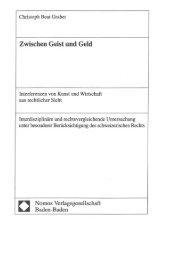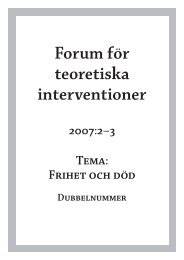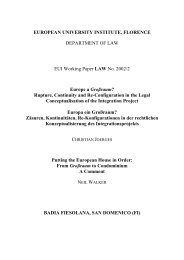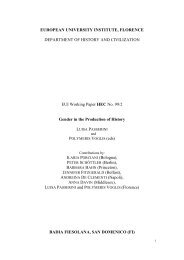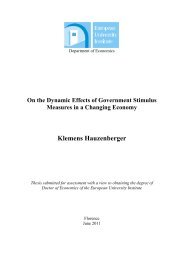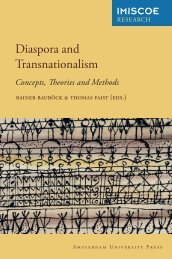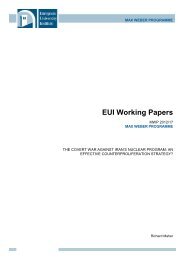Sinziana-Elena Poiana Ioana Lupea Irina-Madalina Doroftei Alina ...
Sinziana-Elena Poiana Ioana Lupea Irina-Madalina Doroftei Alina ...
Sinziana-Elena Poiana Ioana Lupea Irina-Madalina Doroftei Alina ...
You also want an ePaper? Increase the reach of your titles
YUMPU automatically turns print PDFs into web optimized ePapers that Google loves.
(ii) During Orthodox religious classes, teachers express intolerant opinions about people who<br />
believe in other religions;<br />
(iii) Religious classes in which icons have a central symbolical role are a source of children’s<br />
trauma.<br />
Under these circumstances, “the case of Moise” becomes a theme of considerable significance for the<br />
interpretation of the European Convention guarantees.<br />
The reactions to the decision by which the NCCD required the removal of religious icons from public<br />
schools, with the exception of religion classes and laboratories assigned to that subject, is<br />
representative for the high level and wide spread of religious intolerance in the Romanian public<br />
space. The long list of public figures and institutions that had criticized Moise’s initiative is not the<br />
only noticeable thing, but especially the aggressivity of the negative opinions, and the language used.<br />
Mr. Moise had felt discriminated against and had done the normal thing of addressing himself to the<br />
institution responsible for offering him justice. The following is however the terms in which his<br />
initiative was judged.<br />
One of the leaders of the Romanian Orthodox Church (ROC), Mitropolitul Clujului, Bartolomeu<br />
Anania, called Emil Moise and his supporters “an aggressive minority”, “atheist zealots” that intend to<br />
“remove religion from public education”. Many priests followed his “example” on national and local<br />
televisions by using invectives against Emil Moise.<br />
One of the active members of the Academy, the historian Virgil Cândea, purported that the whole<br />
story is built on a basis of confusion on the side of people without a basic religious education, unaware<br />
of the fundamental religious components of human life: “I think however there is another thing also.<br />
There exists a conviction of the smatterer according to which an antireligious attitude is a sign of<br />
intellectual eminence. It is one of the stupid person proud that he has a personal opinion, and that is<br />
that he is an atheist. He has the gall to blaspheme, to strike at certain holy things. This is what gives<br />
the stupid person a feeling of being a man of quality. You can realize what kind of people we are<br />
talking about/they are by their excessive reactions. The miserable that slides into an exaggeration of<br />
this type feels that there is something to him.”<br />
Another member of the Academy, Constantin Balaceanu Stolnici, called Emil Moise and the<br />
supporters of removing religious icons from schools "enemies from the inside and the outside of the<br />
country, committed against our faith, our parents, grandparents and forefathers ".<br />
Public intellectuals joined the members of the Academy. The president of the Romanian Cultural<br />
Institute derided Moise, describing him as an „untreatable militant, an agitated activist, a meticulous<br />
grumpy person and a well-organized maniac. He finds intolerable violations of one principle where<br />
ordinary people see, maybe, deficiencies of cohabitation.” In the same logic and style, the director of<br />
the Dilema veche magazine asserts that Mr. Moise has “a juvenile arrogance”. The magazine Idei în<br />
dialog and the weekly 22 gathered criticisms of the same nature.<br />
Populist politicians burst forth against Emil Moise. The party leader Gigi Becali insulted the teacher<br />
determinedly in the electronic and written press. Well known television shows, like "Nasul", have<br />
been directed to demonize the teacher who had the “courage” to question the preponderance of some<br />
religious symbols in public schools.<br />
The “Moise Case” led to the solidarity of highly diverse human and professional categories: leaders of<br />
ROC, members of the Academy, public intellectuals, opinion leaders, NGOs, the press, members of<br />
various denominations. The attitude and the language, converging, showed that what was bridging<br />
their differences was a pronounced religious intolerance.<br />
51



